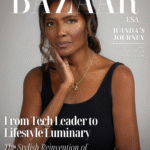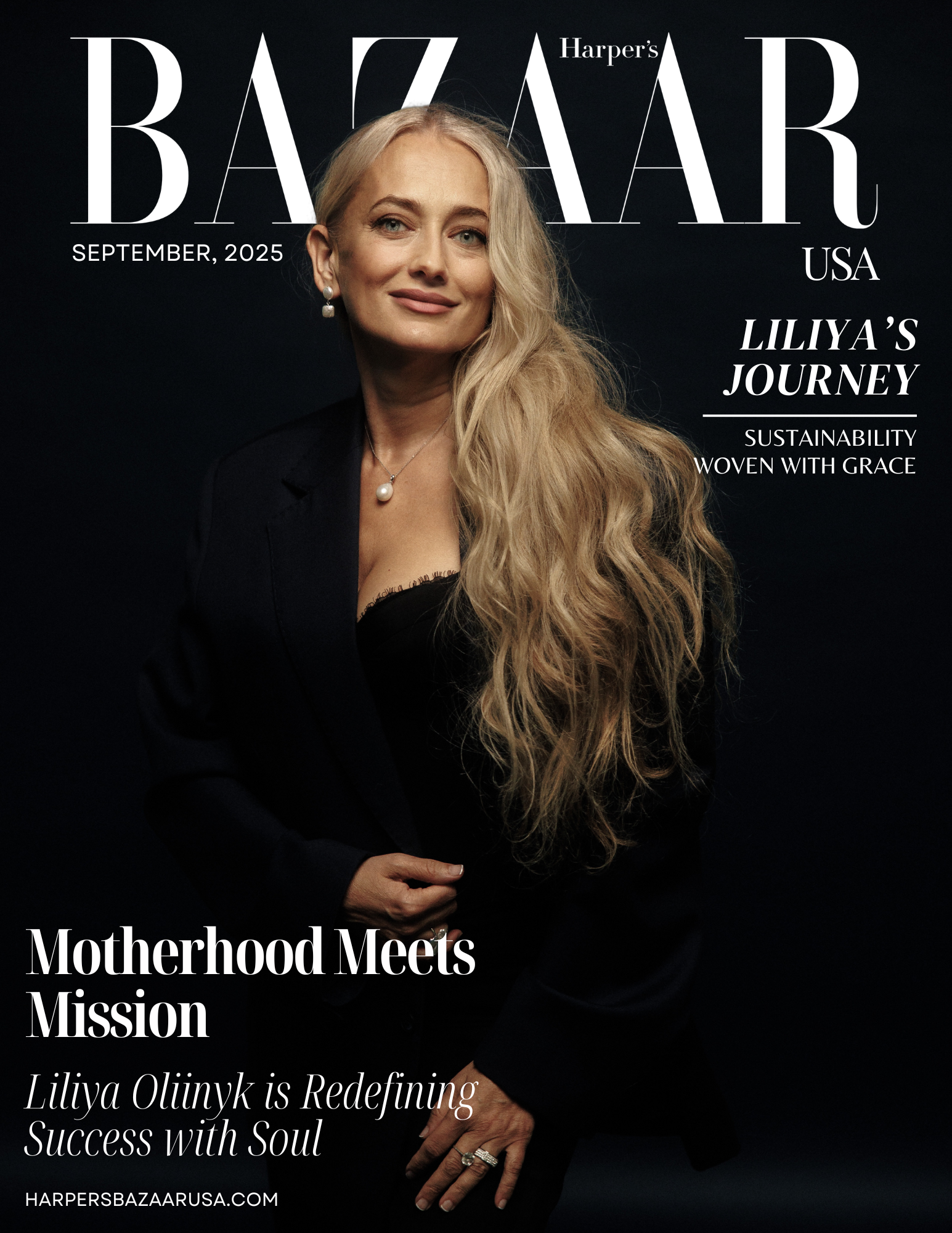In the liminal space where fabric becomes art and movement transforms into poetry, Rymma Badun exists as both creator and creation. She is the rare soul who refuses the false binary between fashion and fine art, instead weaving them together with the delicate precision of someone who understands that beauty, in all its forms, is simply another language for truth.
The Genesis of Grace
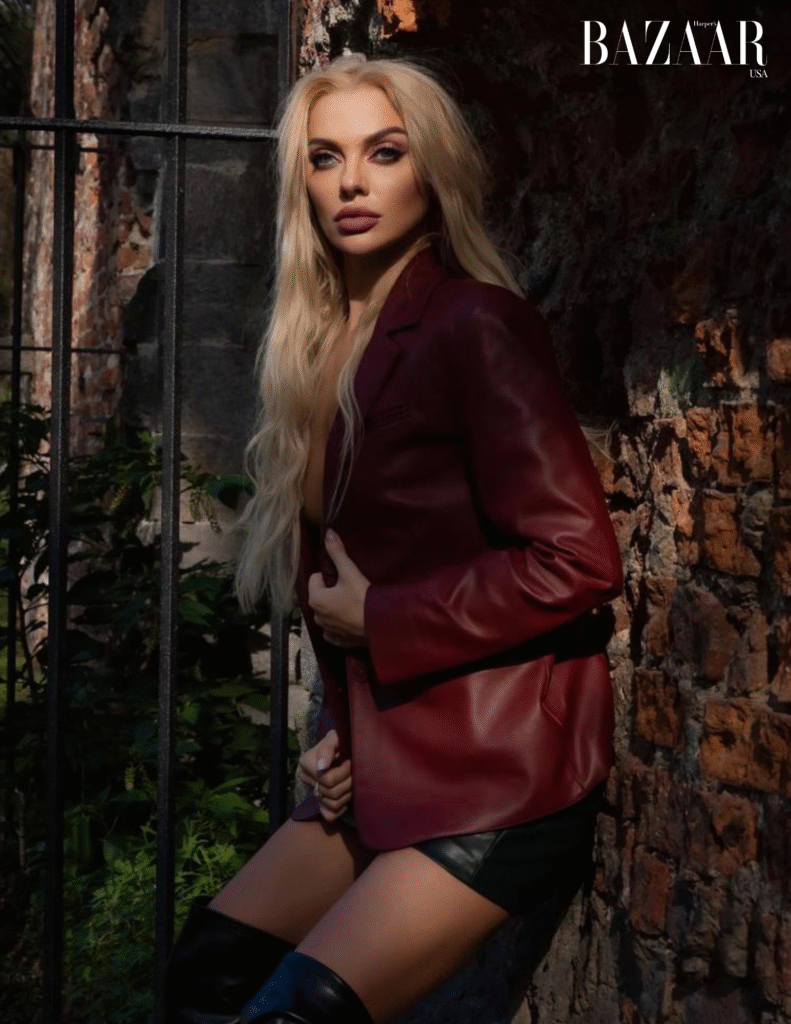
Vinnitsa birthed a dreamer. In this Ukrainian city where cobblestones hold centuries of stories, a young girl discovered that her hands could speak what her heart could not yet articulate. Fifty art competition victories weren’t merely accolades—they were whispered promises of a destiny painted in broader strokes. Yet it was her body, trained to Olympic precision as a Master of Sport in gymnastics, that taught her the sacred geometry of grace. Here, in the marriage of artistic vision and athletic discipline, the foundation of her aesthetic philosophy was laid: that beauty is not passive, but powerfully intentional.
The Runway as Sacred Space
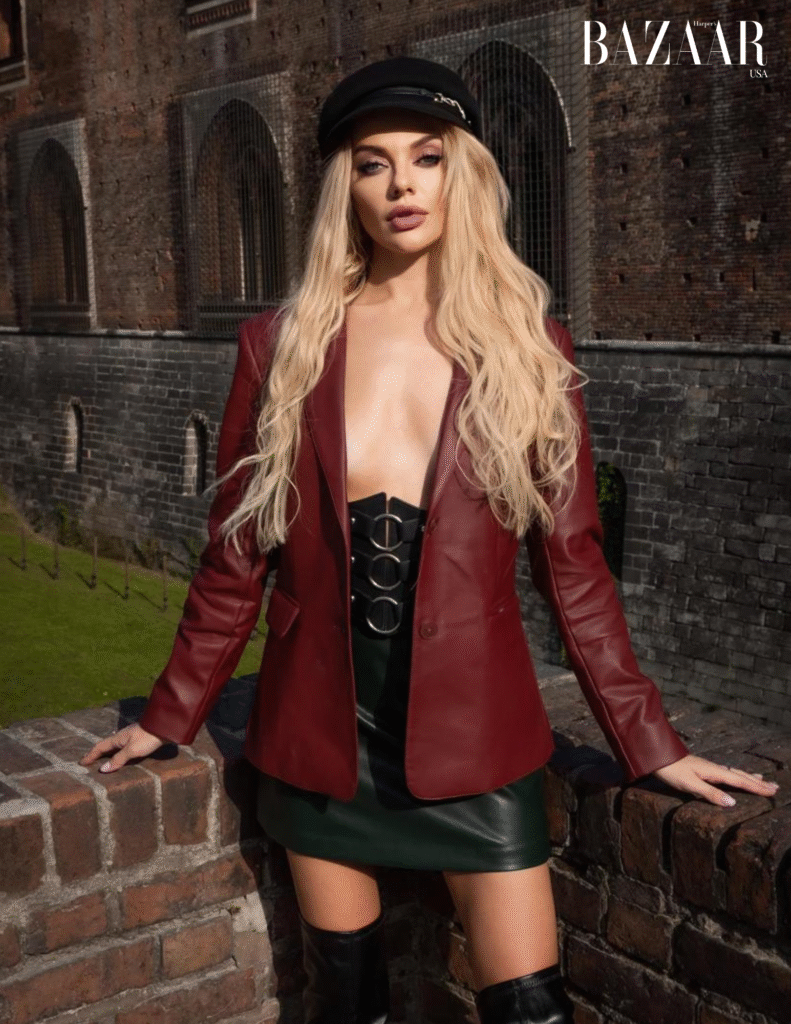
When Rymma walks, the catwalk becomes cathedral. Each step is both pilgrimage and proclamation, her body serving as the living canvas upon which designers’ dreams take corporeal form. From the cobbled streets of Paris to the marble halls of Milan, from the golden towers of Dubai to the ancient bridges of Istanbul, she has transformed over a hundred visions into visceral reality.
Her crowns—Miss Tourism Universe, Miss Fashion TV, Miss Economic World—are not mere titles but testament to her ability to embody the ineffable. In a world obsessed with surface, she offers depth. In an industry that often reduces women to mannequins, she insists on remaining magnificently, unapologetically human.
The Beautiful Brutality of Becoming
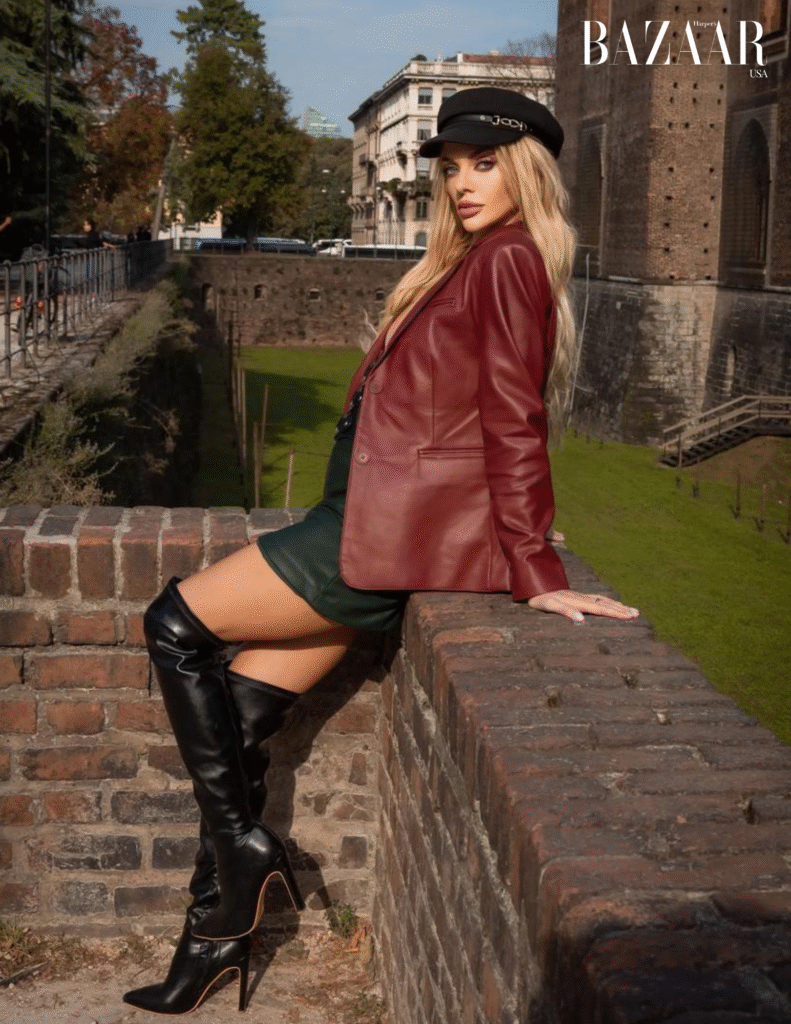
Behind the velvet curtains and camera flashes lies the unglamorous truth of creation: the 4 AM flight calls, the rehearsals that stretch into dawn, the relentless pursuit of an impossible perfection. Yet Rymma has alchemized this pressure into power, transforming industry demands into opportunities for artistic rebellion. Her authenticity cuts through the manufactured like light through crystal—pure, refracted, impossible to ignore.
When Art Interrupts Fashion
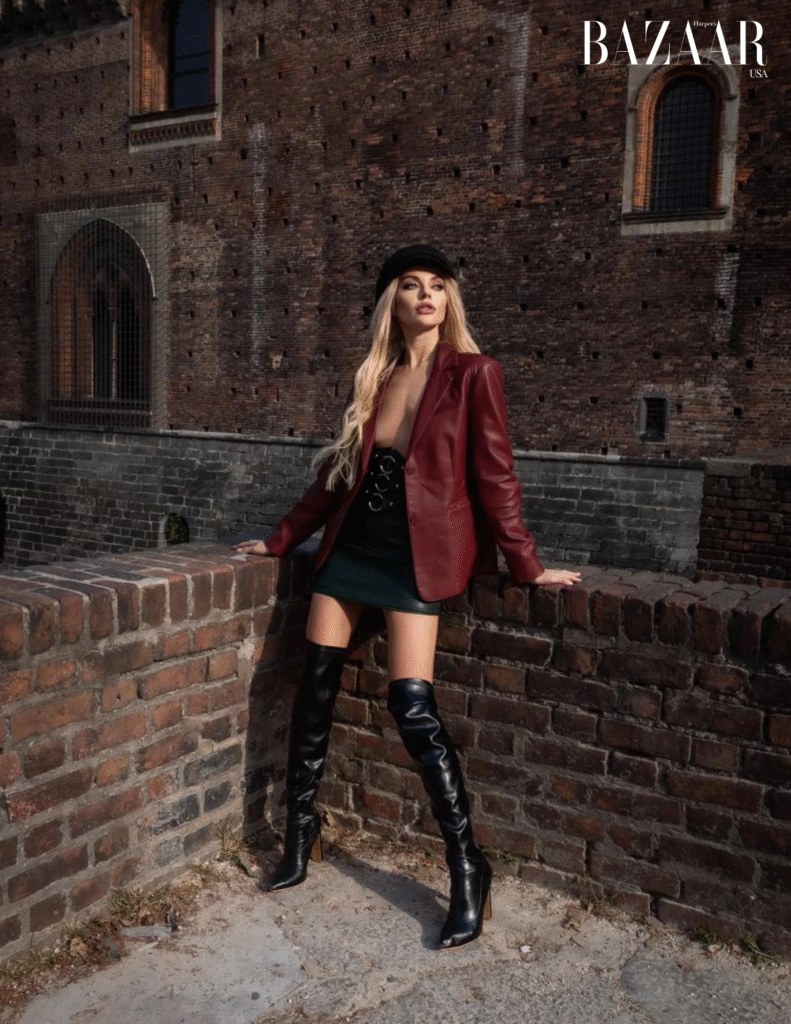
While others saw modeling as career, Rymma recognized it as medium. Her solo exhibition “World Creation 9:111”, unveiled during the Tiffany Fashion Show at Dubai’s palatial Burj Al Arab, was more than artistic statement—it was revolution disguised as revelation. In that moment, the artificial boundaries between high fashion and fine art didn’t just blur; they dissolved entirely, revealing what she had always known: that both are simply different dialects of the same visual vernacular.
The Canvas of Tomorrow
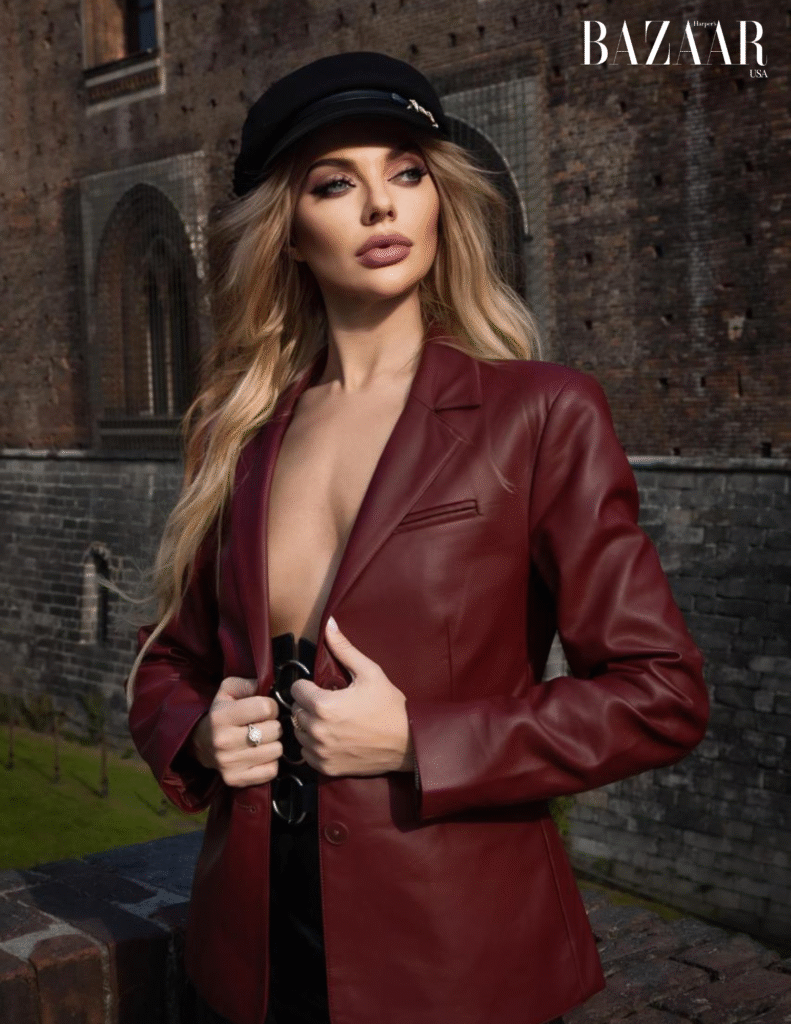
The future Rymma envisions is one where creativity refuses categorization, where the arbitrary walls between disciplines crumble under the weight of pure artistic intention. Her upcoming projects whisper of fashion shows that feel like gallery openings, of paintings that move like fabric, of collaborations that birth entirely new forms of aesthetic expression.
Yet beneath the ambitious dreaming lies something more tender: the desire for life’s quieter masterpieces. Love that feels like coming home. Motherhood as the ultimate creative act. The kind of deep-rooted elegance that transcends trends and speaks directly to the soul.
The Eternal Return
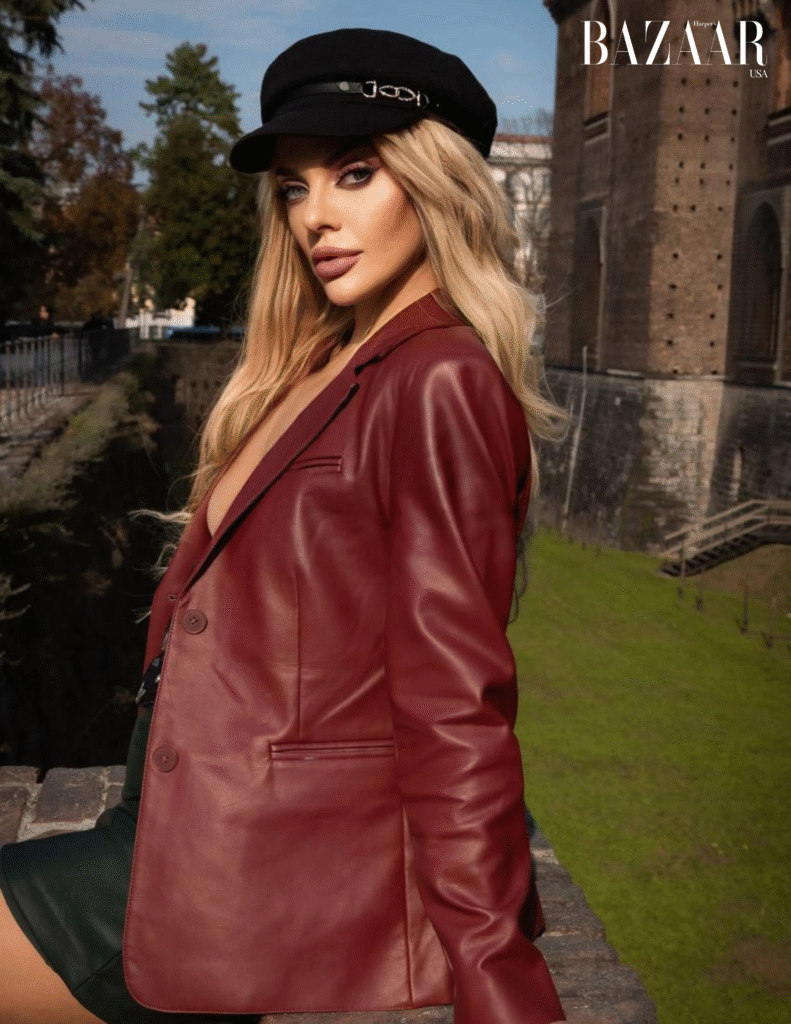
In Rymma Badun, we witness the beautiful paradox of the contemporary creative: rooted in classical discipline yet reaching toward radical innovation, deeply personal yet universally resonant. She reminds us that true artistry lies not in choosing between mediums but in finding the golden thread that connects them all.
She is painter and model, athlete and aesthete, Ukrainian daughter and global citizen. But perhaps most importantly, she is proof that when we refuse to diminish ourselves to fit others’ expectations, we become living art—complex, compelling, and utterly irreplaceable.
In a world that often feels fractured, Rymma Badun offers wholeness. In an industry that frequently demands conformity, she insists on transformation. And in doing so, she doesn’t just create art—she becomes it.


